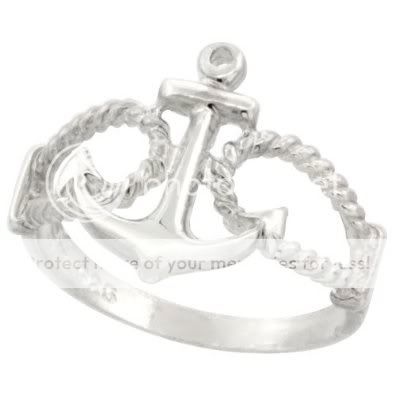My opinion is that had a failed attempt at strangulation occurred, there would be no blanching (blanching occurs when blood fails to return to surface of skin after heart stops pumping). There might be the petechial spotting that we see in the photos around an unsuccessful attempt, but no blanching. DeeDee249 and SunnyRN are really more knowledgeable on this than I, so maybe they (or one of our other resident experts) would like to address it.
I believe that that lower area (the blanched area) is the one which (along with the head blow) actually caused her death. Its my opinion that the cord was moved shortly after her death occurred. The paintbrush was added after that.
.
otg,
Interesting, so due to the blanching, the lower trauma might actually represent the point of asphyxiation? That would certainly explain everything if that was so. I remember someone commenting that the upper furrow is so due to postmortem expansion giving the furrow a more active appearance?
If the lower trauma is consistent with manual strangulation then it fits nicely with someone attempting to silence JonBenet to prevent her crying out when she was assaulted. Alternatively it plays into the PDI, with Patsy enraged at JonBenet, say for bedwetting, grabs her neck constricting it, and not realizing her own strength, say due to prescription drugs or too much wine etc, leaves JonBenet comatose.
Yes if DeeDee249 or SunnyRN can confirm what you suggest this could be a turning point?
.




